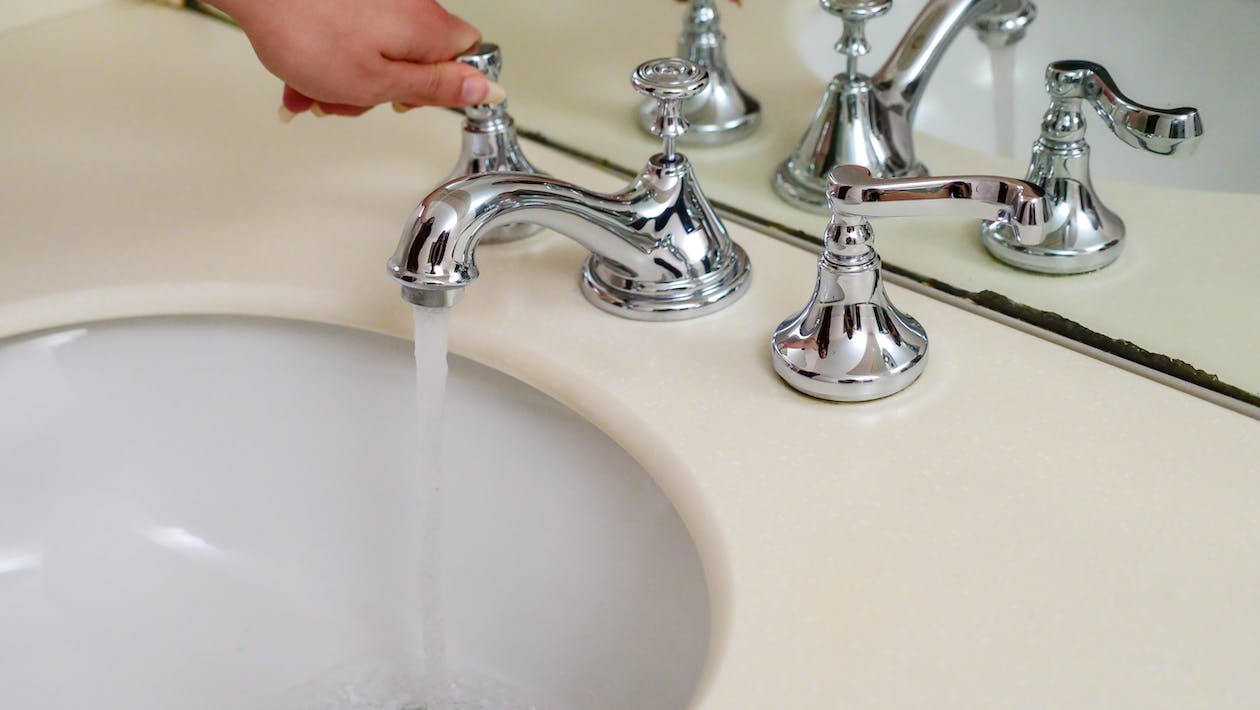

Articles
Faucet Makes Noise When Turned On
Modified: March 1, 2024
Find helpful articles on how to fix a noisy faucet when it's turned on. Learn about common issues and solutions to stop the irritating noises.
(Many of the links in this article redirect to a specific reviewed product. Your purchase of these products through affiliate links helps to generate commission for Storables.com, at no extra cost. Learn more)
Introduction
A noisy faucet can be a frustrating experience for homeowners. Every time you turn on the water, the sound of rattling, squeaking, or banging can disrupt your peace and make you wonder what is causing the noise. While it may seem like a minor annoyance, a noisy faucet can indicate an underlying problem that needs to be addressed.
In this article, we will explore the possible causes of a noisy faucet and provide you with practical solutions to fix the issue. Whether it’s a high-pitched squeal or a loud banging noise, understanding the source of the problem will help you take the necessary steps to restore peace and tranquility to your home.
So, let’s dive into the world of faucets and uncover why they make noise and how you can resolve the issue.
Key Takeaways:
- Don’t let a noisy faucet disrupt your peace. Identify the specific cause, from loose parts to water pressure issues, and take proactive steps to restore tranquility to your home.
- Addressing a noisy faucet promptly can enhance your plumbing experience. From tightening loose parts to seeking professional help, take proactive measures to enjoy a quiet and uninterrupted water flow.
Read more: AC Making Noise When Turned On
Possible Causes of Noisy Faucet
A noisy faucet can have multiple causes, each requiring a different approach to fix the issue. By identifying the specific source of the noise, you can narrow down the solution and prevent further damage. Here are some common causes of a noisy faucet:
- Loose or worn-out parts: Over time, the various components of a faucet, such as the washers, seals, and O-rings, can become loose or worn out. This can result in vibrations and rattling noises when the water flows through the faucet. In such cases, replacing the faulty parts or tightening any loose connections can help eliminate the noise.
- Water pressure issues: In some instances, excessive water pressure can cause a noisy faucet. When the water pressure is too high, it can create a turbulent flow that results in banging or hammering sounds. Installing a pressure regulator or adjusting the water pressure at the main supply line can help alleviate this problem.
- Air trapped in the pipes: Another common cause of a noisy faucet is trapped air in the plumbing system. When air becomes trapped in the pipes, it can cause a high-pitched whistling sound that is often heard when the water is turned on. To fix this issue, you can try bleeding the air out of the system by opening the affected faucet and letting the water run for a few minutes.
- Sediment build-up: Sediment, such as minerals or debris, can accumulate in the faucet’s aerator or cartridge over time. This build-up can restrict the water flow and create a gurgling or squealing noise. Cleaning or replacing the aerator or cartridge can help resolve this issue and improve the overall performance of the faucet.
- Improper installation: If the faucet was not installed correctly, it can lead to various issues, including noise. Poor alignment or loose connections can cause vibrations and rattling noises during water flow. In such cases, it is best to consult a professional plumber to ensure the faucet is installed correctly and securely.
Remember, these are just a few examples of the possible causes of a noisy faucet. It’s important to carefully assess your specific situation and identify the precise source of the noise to implement the appropriate solution.
Check the aerator for debris or mineral buildup. Unscrew the aerator from the faucet and clean it thoroughly. This can often solve the noise issue.
Fixing a Noisy Faucet
Now that you are familiar with some of the possible causes of a noisy faucet, let’s explore the steps you can take to fix the issue. Depending on the specific cause, you may need to try one or more of the following solutions:
- Check and tighten loose parts: Start by inspecting the various components of the faucet, such as the handles, spout, and connections. If you notice any loose parts, tighten them using an appropriate tool. Be careful not to over-tighten, as it can cause damage.
- Replace faulty washers or seals: If the noise persists after tightening the parts, it may indicate worn-out washers or seals. In this case, you will need to disassemble the faucet and replace the faulty components. Refer to the manufacturer’s instructions or seek professional help if needed.
- Install a pressure regulator: If high water pressure is the culprit, consider installing a pressure regulator. This device helps control and limit the water pressure, preventing excessive force and resulting noise. Consult a plumber to assist with the installation if you are not familiar with the process.
- Bleed air from the pipes: If trapped air is causing the noise, you can try bleeding it out by opening the affected faucet and letting the water flow for a few minutes. Start with the highest faucet in your home and gradually work your way to the lowest ones. This will release the trapped air and alleviate the whistling or gurgling sounds.
- Clean or replace the aerator or cartridge: If sediment build-up is the issue, remove the aerator or cartridge and clean it thoroughly. Soak it in vinegar or use a brush to remove any mineral deposits or debris. If cleaning doesn’t solve the problem, consider replacing the aerator or cartridge with a new one.
- Seek professional help: If you are unable to identify or fix the source of the noise, it is recommended to consult a professional plumber. They have the expertise and experience to diagnose and resolve complex faucet issues effectively. They will ensure that the problem is addressed properly and provide you with long-lasting results.
By following these steps and addressing the specific cause of the noise, you can restore your faucet to its quiet and efficient state. Don’t hesitate to seek professional help if needed, as it can save you time, money, and future headaches.
Conclusion
A noisy faucet can be a nuisance, but understanding the possible causes and solutions can help you address the issue effectively. Whether it’s loose parts, water pressure problems, trapped air, sediment build-up, or improper installation, there are various steps you can take to fix a noisy faucet.
Start by inspecting the faucet for loose or worn-out parts and tighten or replace them as necessary. Consider installing a pressure regulator to control excessive water pressure, and bleed air from the pipes if trapped air is the culprit. Clean or replace the aerator or cartridge to eliminate sediment build-up, and consult a professional if needed.
Remember that each situation is unique, and it’s essential to identify the specific cause of the noise before implementing a solution. Taking the time to troubleshoot and fix a noisy faucet can not only restore peace and tranquility to your home, but also prevent further damage and ensure the longevity of your plumbing system.
If you encounter difficulties or are unsure about handling the issue yourself, don’t hesitate to seek the assistance of a professional plumber. They have the expertise to diagnose and resolve faucet problems efficiently, saving you time and effort in the long run.
By addressing a noisy faucet promptly and proactively, you can enjoy a quiet and uninterrupted water flow, enhancing your overall plumbing experience and maintaining a peaceful home environment.
Frequently Asked Questions about Faucet Makes Noise When Turned On
Was this page helpful?
At Storables.com, we guarantee accurate and reliable information. Our content, validated by Expert Board Contributors, is crafted following stringent Editorial Policies. We're committed to providing you with well-researched, expert-backed insights for all your informational needs.
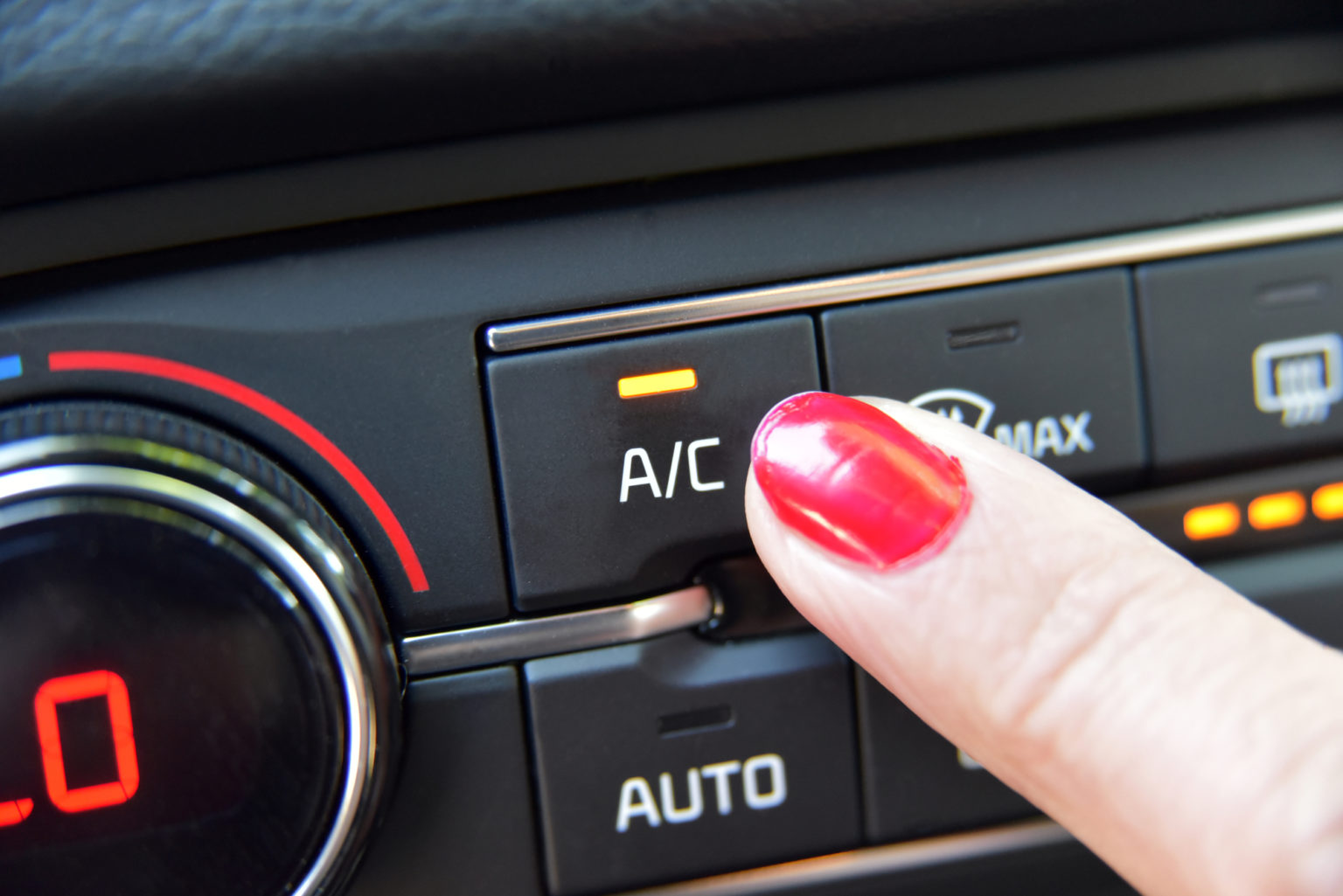
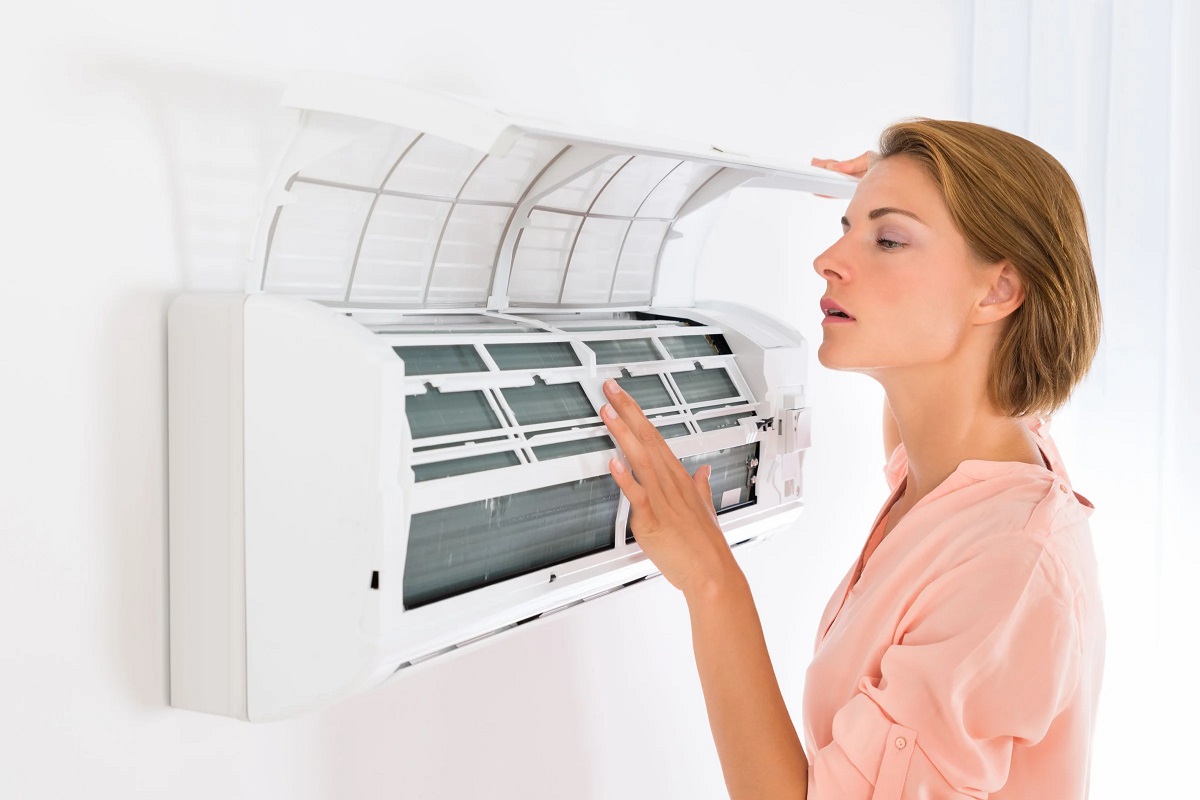

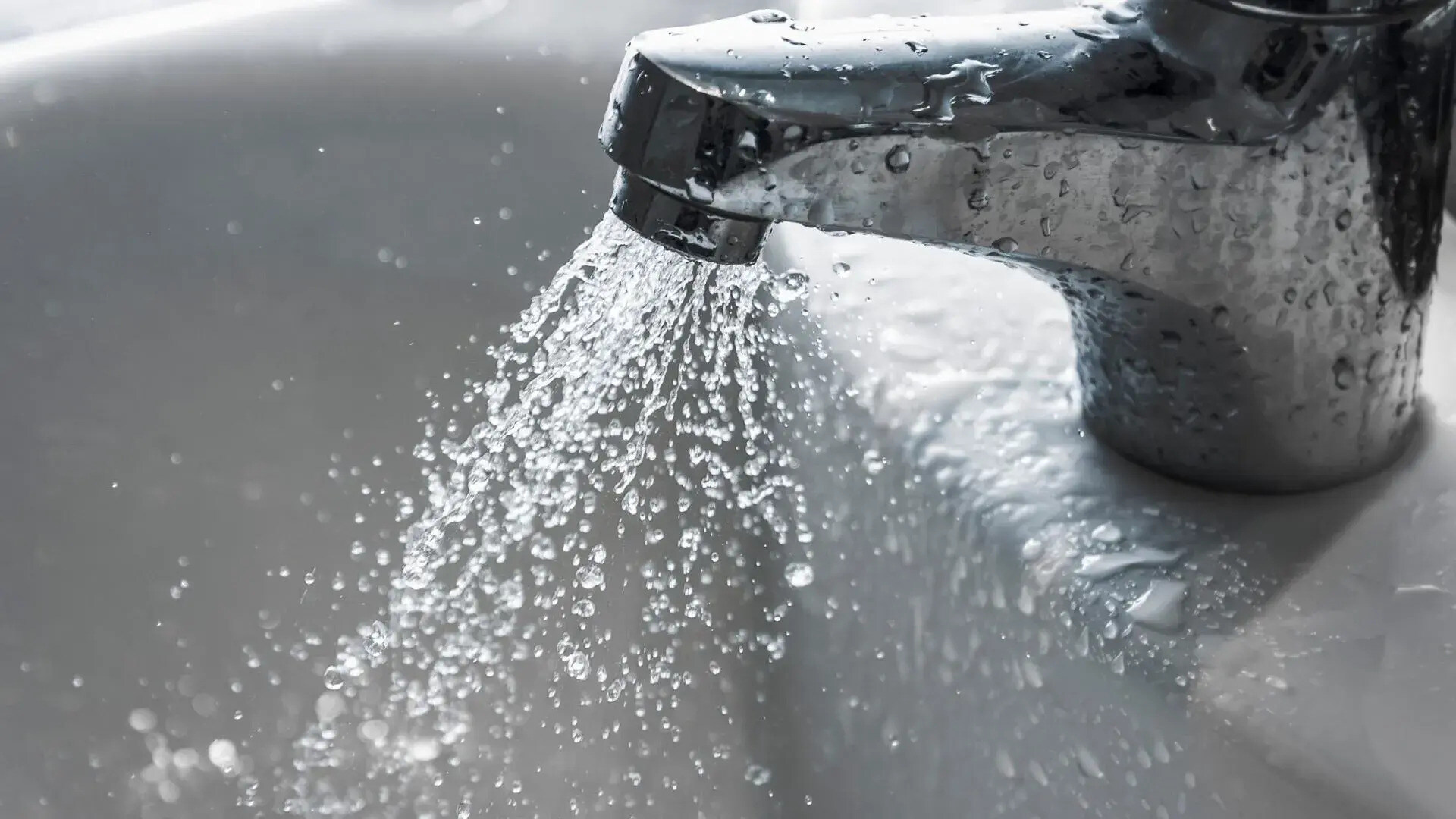
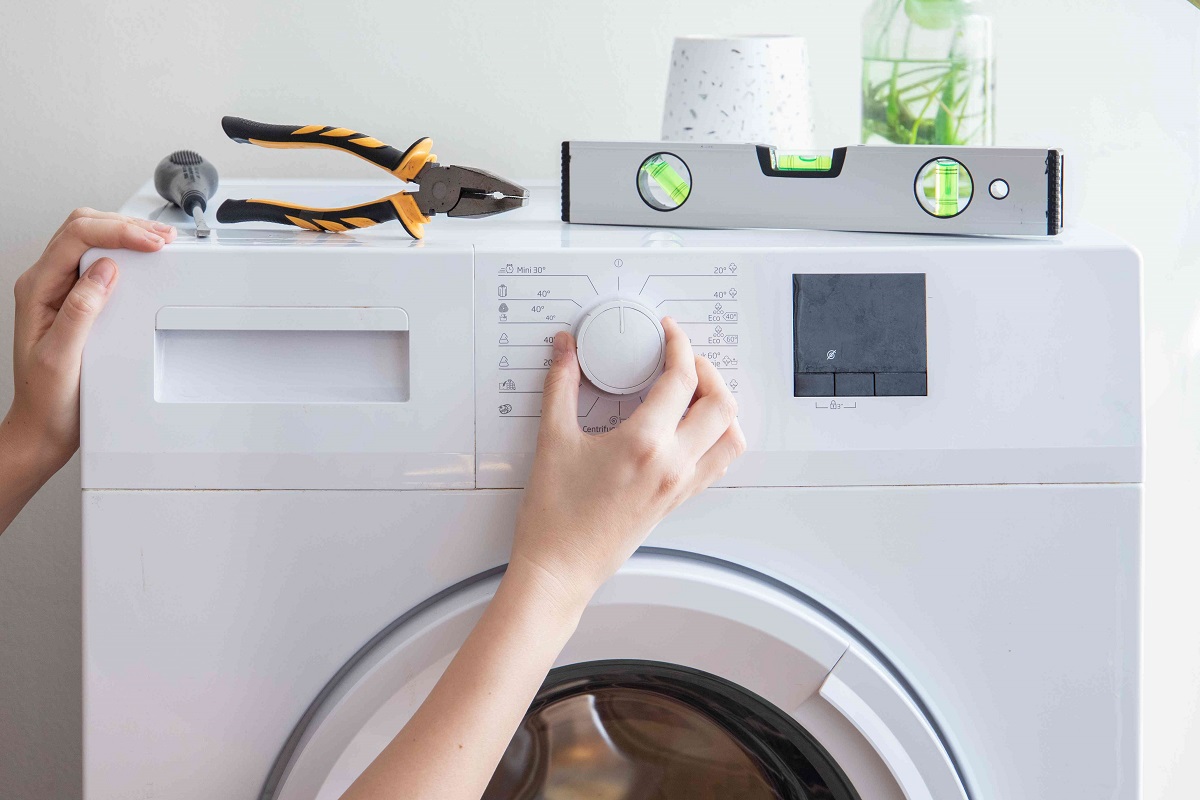
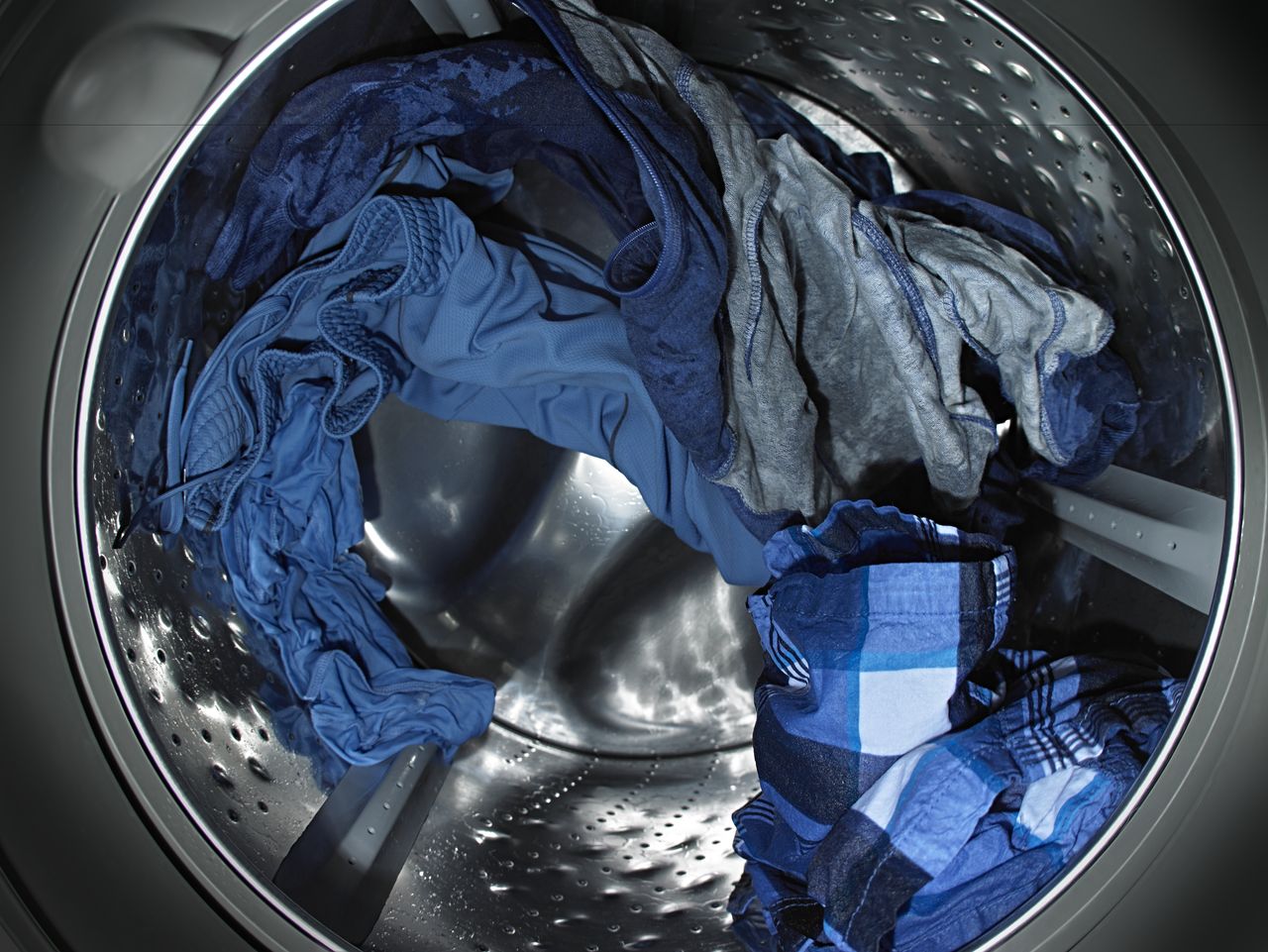
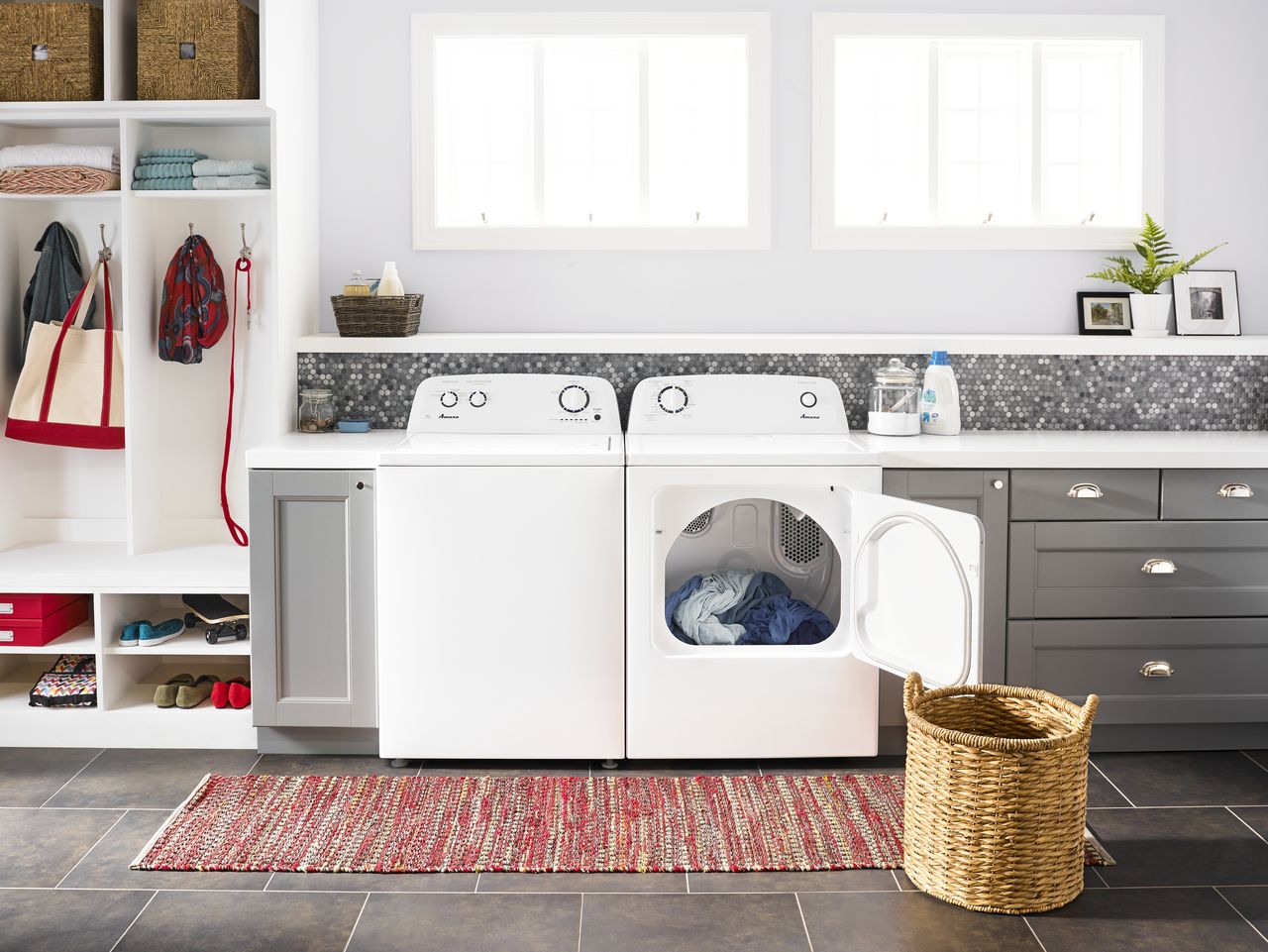

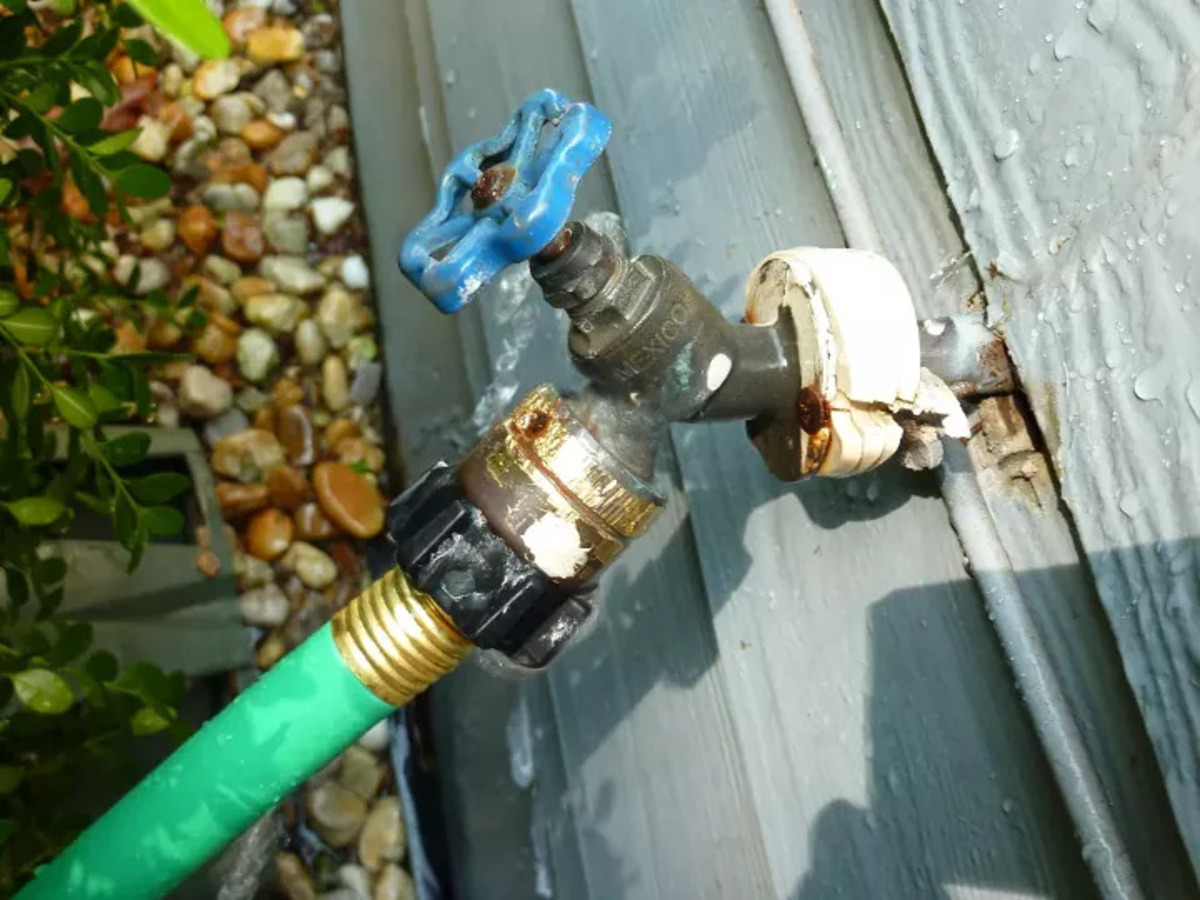
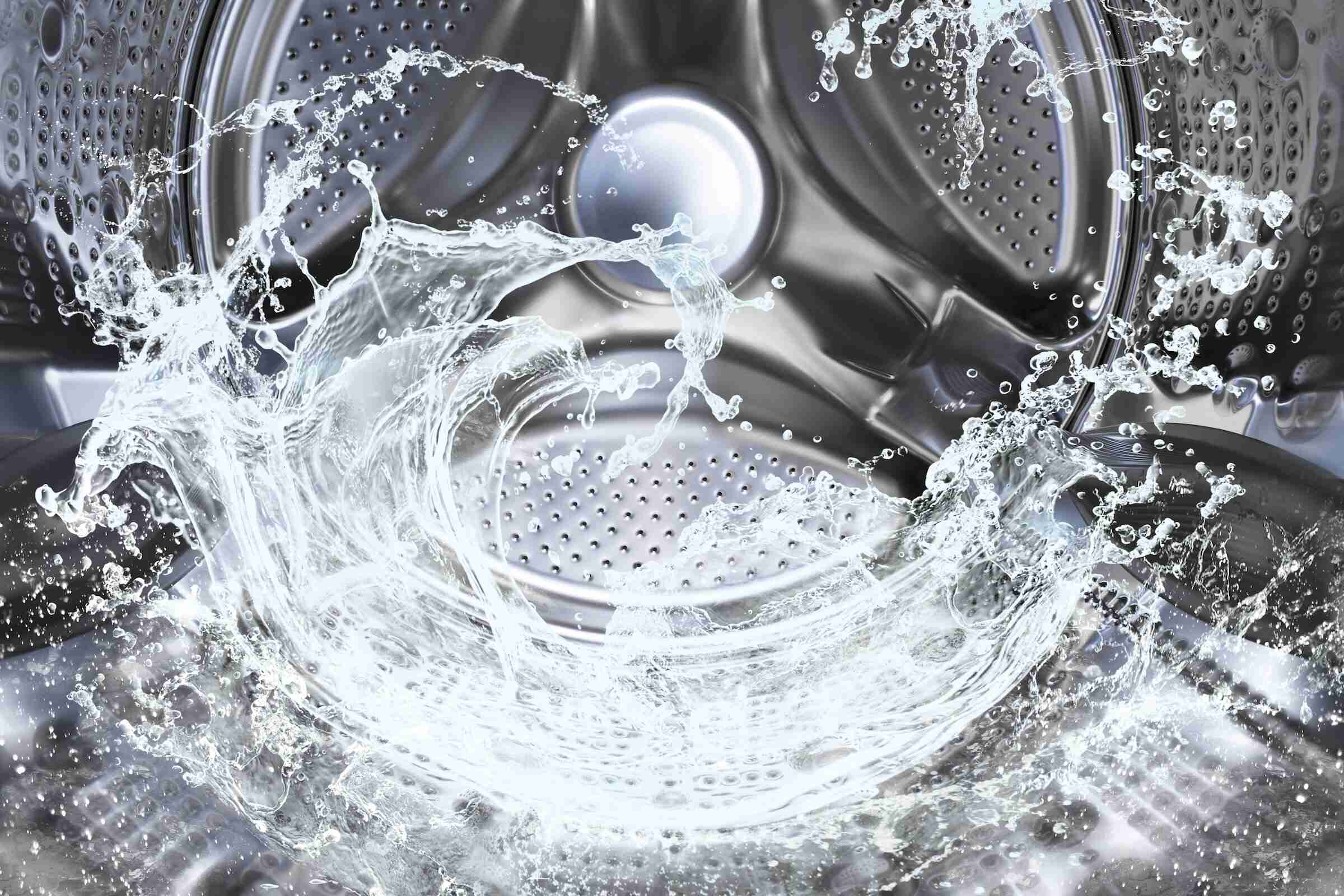

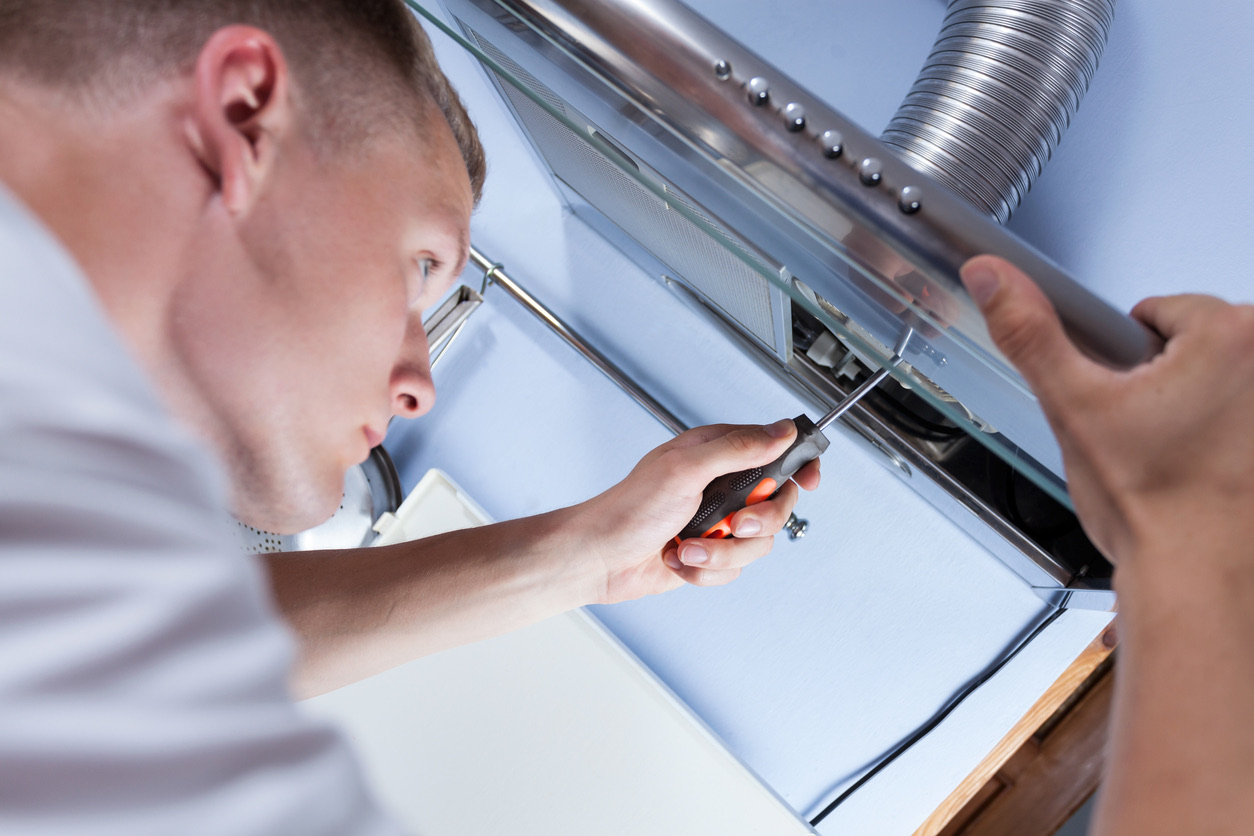
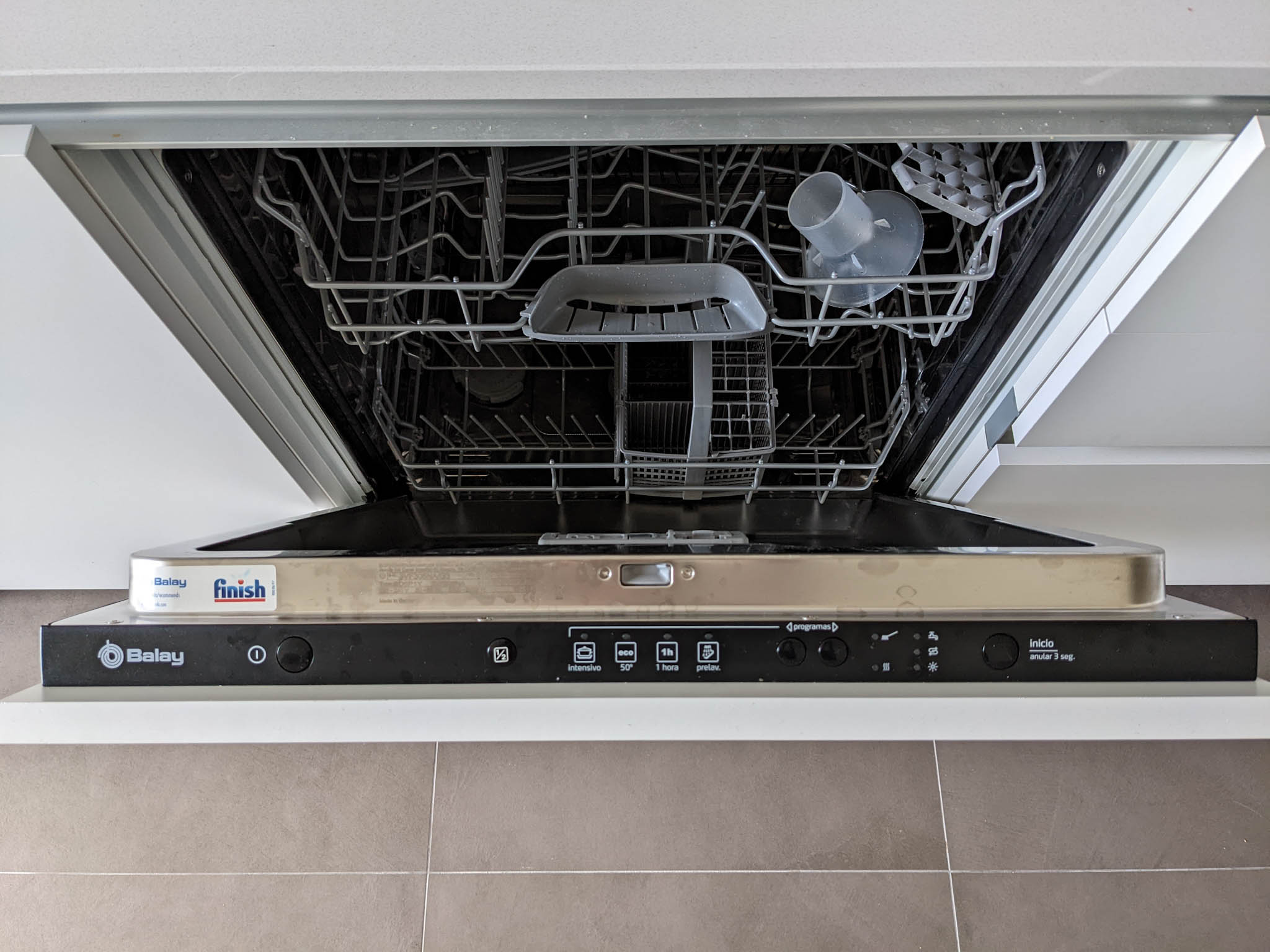

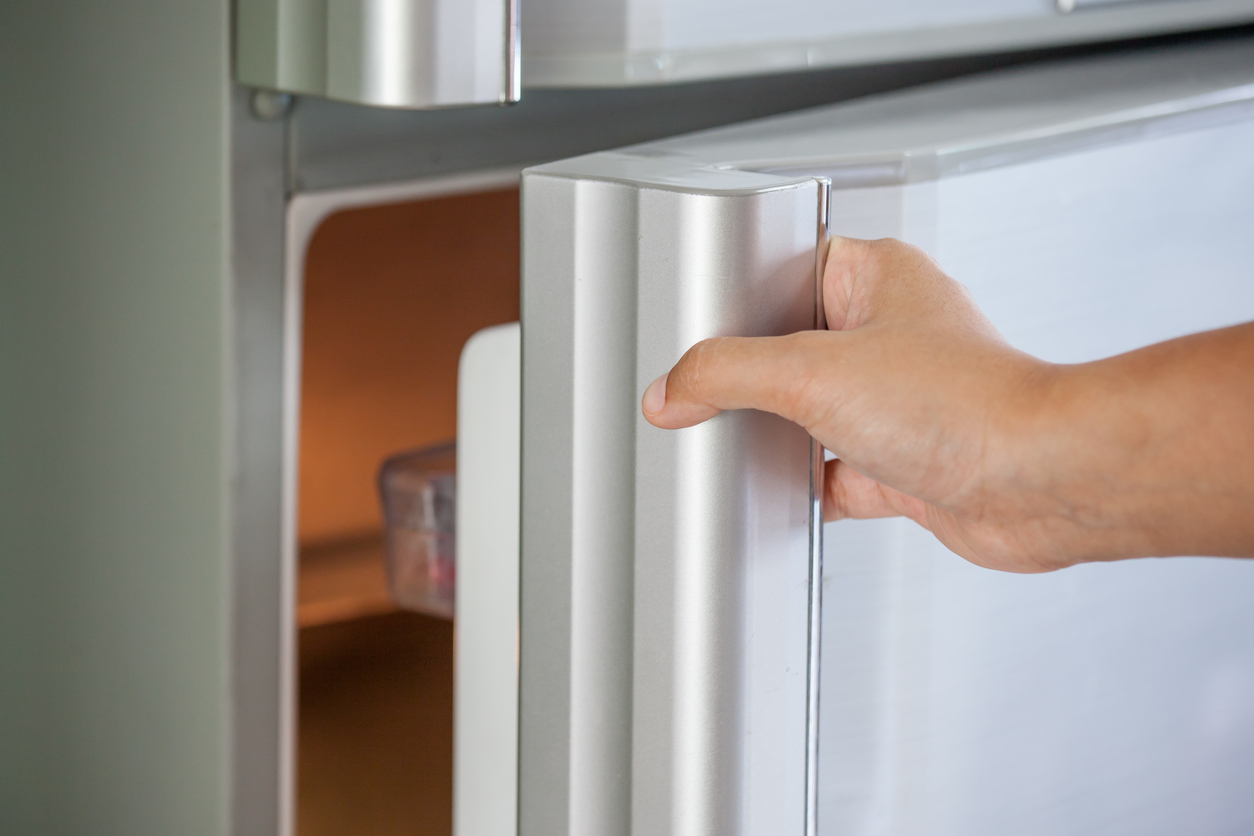

0 thoughts on “Faucet Makes Noise When Turned On”